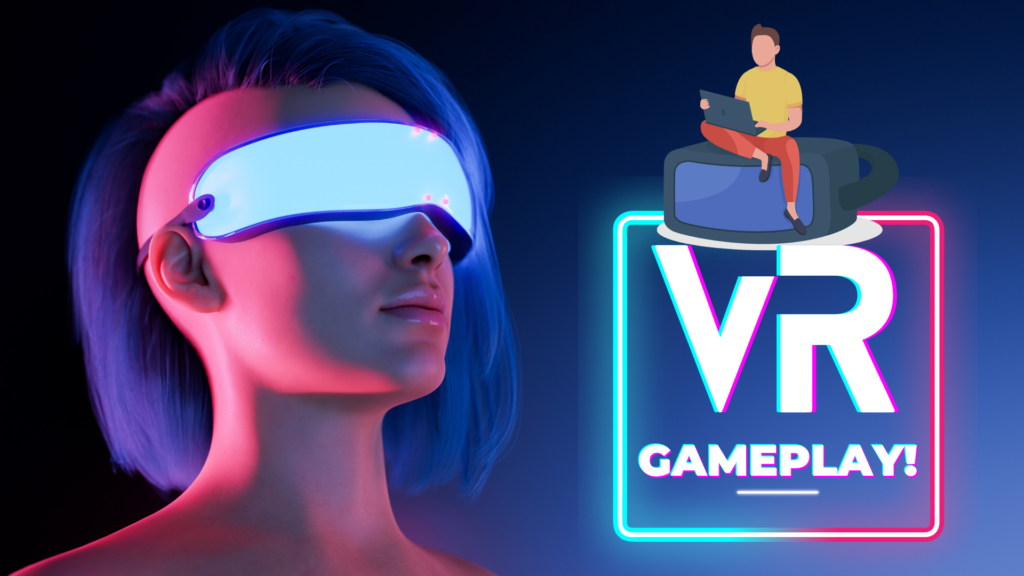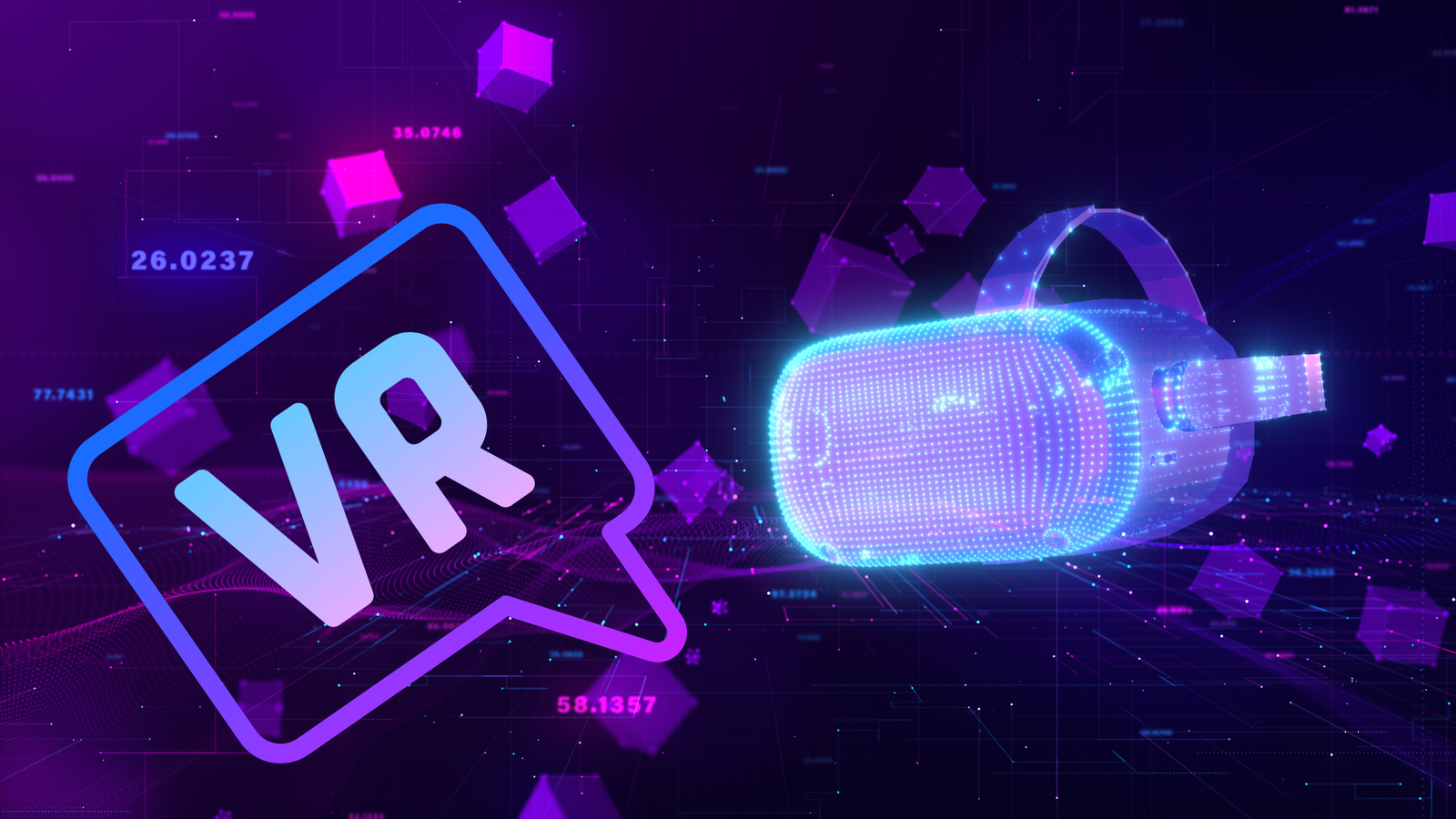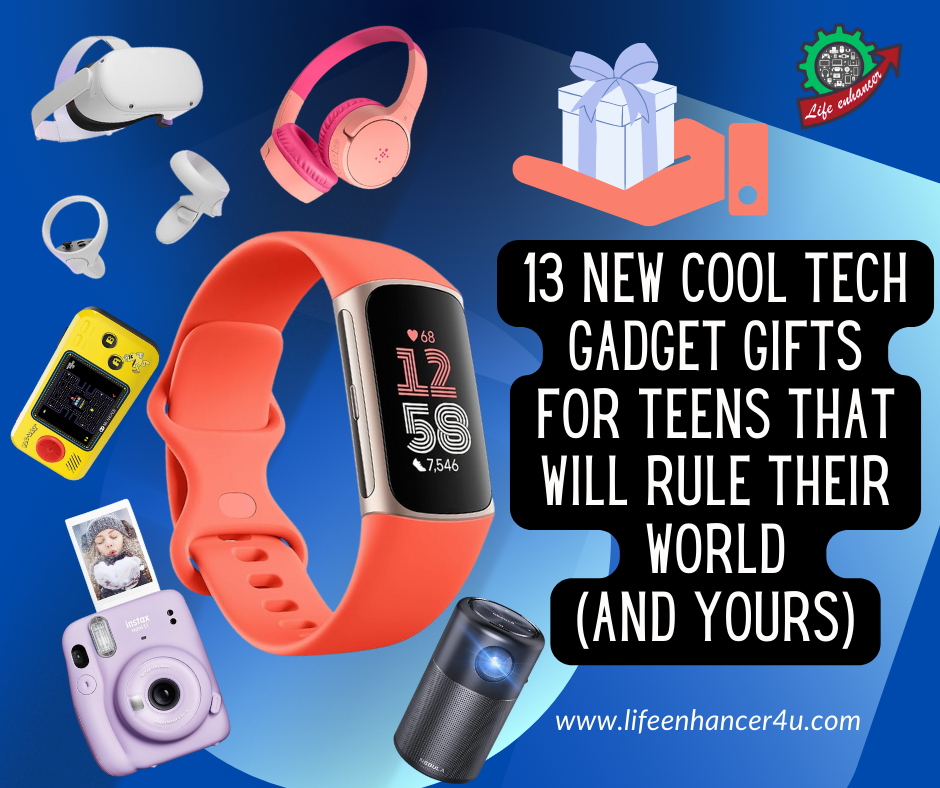With its ability to provide players all over the world with previously unheard-of levels of immersion and involvement, virtual reality (VR) game development has become a leading sector in the gaming business. VR gaming offers developers tremendous chances to create immersive, story-driven experiences that push the boundaries of gameplay, immersion, and storytelling as technology continues to evolve.
We’ll dive into the nuances of VR game development in this extensive tutorial, offering ambitious developers a step-by-step road map to assist them negotiate the challenges of this fascinating industry. This roadmap will be your indispensable travel companion on the path to success in VR game development, regardless of whether you’re an experienced developer looking to branch out into VR or a novice keen to explore the possibilities.
Understanding VR Game Development
What is VR Game Development?
VR game development is the process of creating virtual reality games that use specialized technology, like VR headsets, to immerse players in virtual worlds. VR games, as opposed to traditional gaming experiences, make use of immersive technologies to provide players a greater sensation of presence and involvement within the virtual world.
Immersion and Interactivity Are Crucial
The goal of immersion and involvement sits at the core of VR game development. While interactivity refers to the user’s capacity to interact with and impact the virtual environment, immersion describes how much a player feels both physically and emotionally engaged in the virtual world. VR game creators may create engaging experiences that captivate players and keep them coming back for more by putting an emphasis on immersion and interactivity.
Getting Started with VR Game Development
1. Setting the Foundation
Creating a strong project foundation is essential before you begin developing a VR game. This entails laying out your plan, investigating consumer behavior, and putting together a skilled group of VR game creators.
How to Lay the Groundwork:
- Describe Your Goals: Make sure your VR gaming project’s goals, objectives, and target audience are clear.
- Investigate Market Trends: Keep up with the most recent developments in player preferences, technology, and trends within the VR gaming sector.
- Form a Skilled Group: Assemble a team of knowledgeable experts who can realize your concept, such as programmers, designers, artists, and audio engineers.
2. Choosing the Right Development Tools
Making the right development tool choices is essential to the success of any virtual reality gaming project. Unity and Unreal Engine are two of the most widely used game engines for VR production; they both provide strong features and support for VR development. In addition, you should look at development kits and plugins specifically designed for VR game production, as well as interoperability with different VR hardware platforms.
- Unity: A flexible game engine with full support for VR creation and a huge asset and plugin library are essential development tools for VR game development.
- Unreal Engine: Well-known for its breathtaking visuals and strong development features, Unreal Engine is a well-liked option for producing virtual reality experiences.
- VR Development Kits: To make it easier for developers to create VR games for their respective platforms, companies like Oculus Rift, HTC Vive, and PlayStation VR provide development kits and SDKs.
- Plugins and Assets: Look through a variety of plugins and assets, such as environmental elements, locomotion solutions, and input methods, created especially for VR game creation.
Essential Steps in VR Game Development
1. Conceptualization and Design
Your VR game project’s basic mechanics, plot, and aesthetics are all shaped throughout the ideation and design stages. It’s critical to generate original concepts, produce thorough design documentation, and build immersive settings that appeal to your intended audience.
Important Pointers for Design and Conceptualization:
- Idea Generation for Games: By generating a variety of game concepts and mechanics that take advantage of the special qualities of virtual reality technology, you may foster creativity and innovation.
- Creating Design Documents: Create thorough design documents that describe the story, characters, gameplay elements, and level layouts of the game.
- Creating Immersive Environments Design: Concentrate on developing aesthetically spectacular and engrossing surroundings that carry users to fascinating virtual realms.
2. Development and Prototyping
It’s time to use development and prototyping to bring your vision to life when the conceptualization stage is over. To create a fluid and captivating gameplay experience, this entails putting game mechanics, 3D assets, audio components, and user interfaces into practice while iteratively designing and testing gameplay mechanisms.
Important Development and Prototyping Steps:
- Put Game Mechanics Into Practice: Convert your creative ideas into playable gameplay elements, including movement patterns, battle sequences, and player interactions.
- Making Three-Dimensional Assets: Create stunning 3D models, textures, and animations to give your virtual worlds and characters life.
- Iterative Prototyping: Use playtesting and prototyping to continuously iterate and improve your game mechanics in order to find and fix any problems.
- Optimizing Performance: Make sure your game runs smoothly and works with a variety of VR device platforms by optimizing its performance.
3. Choosing the Right Development Tools
The success of any VR game project depends on your choice of development tools. Because of their wide support for VR creation and strong feature sets, game engines like Unity and Unreal Engine are popular choices among VR creators.
Important Things to Think About When Selecting Development Tools:
- Harmony: Make sure the game engine you’ve selected is compatible with the VR hardware platforms of your choice and supports VR development.
- Feature Set: Consider each game engine’s features and capabilities, such as its physics, graphics, and audio support.
- Community and Support: Take into account the resources, tutorials, and community support that are available for the development tools that you have chosen.
- Integration with VR Hardware: Seek out applications and plugins that make it easier to integrate VR hardware—such as haptic feedback systems and motion controllers—with your computer.
Essential Steps in VR Game Development
1. Conceptualization and Design
The ideation and design stage establishes the framework for your virtual reality game, molding its gameplay features, storyline components, and visual appeal. This phase entails ideation, concept art creation, and immersive environment design that appeals to your intended viewership.
Important Conceptualization and Design Tasks:
- Idea Generation for Games: Provide original ideas for gaming mechanics and concepts that make the most of VR technology’s special advantages.
- Creating Concept Art: To further the game’s visual vision, create character and environment designs and visual concepts.
- Creating Detailed Worlds and Environments: Create worlds and environments that transport gamers to enthralling virtual landscapes.
- Storyboarding and Narrative Development: Describe the plot, character development, and narrative framework of the game to elicit strong feelings from players.
2. Development and Prototyping
After finishing the design process, it’s time to use development and prototyping to realize your concept. In order to improve the player experience, this stage entails developing 3D assets, implementing gameplay mechanics, and iterating on prototype builds.
Important Development and Prototyping Tasks:
- Putting Gameplay Mechanics in Place: To build essential gameplay features like mobility, interface, and fighting systems, write code.
- Building 3D Assets: To add life to the virtual world, create, texture, and animate 3D objects such as props, environments, and characters.
- Iterative Prototyping: Create game prototypes to test gameplay mechanics, refine design aspects, and get input from playtesting.
Enhance the VR experience overall by optimizing the game’s performance to guarantee fluid frame rates and reduce latency.
3. VR Hardware Integration
To fully utilize the promise of VR technology and create immersive experiences, hardware devices for VR must be integrated. To improve player engagement and immersion, this entails incorporating haptic feedback devices, hand controllers, and motion tracking.
Important Things to Think About When Integrating VR Hardware:
- Motion tracking: To precisely record player movements and translate them into the virtual world, use motion tracking technology.
- Hand Controllers: Include hand controllers to improve player agency and immersion by enabling natural interaction with virtual items and settings.
- Haptic Feedback: Use haptic feedback systems to add tactile experiences, such vibrations and tactile feedback, that improve immersion and realism.
Testing and Iteration
1. User Experience Testing
In order to make sure that the VR game offers players a pleasant and enjoyable experience, user experience testing is an essential stage in the development process. By conducting usability tests and collecting feedback, developers may effectively pinpoint and resolve concerns pertaining to player comfort, gameplay dynamics, and immersion.
Important User Experience Testing Tasks:
- Usability Testing: To assess the user interface, controls, and overall gameplay experience, conduct usability testing with a varied set of players.
- Getting Player Input: To determine problem areas and potential areas for development, get player input via surveys, interviews, and focus groups.
- Iterative Refinement: To improve the overall experience, make changes to the gaming mechanics, UI/UX features, and level design in response to user feedback.
Launching and Marketing Your VR Game
1. Preparing for Launch
To optimize a virtual reality game’s exposure and marketability, meticulous planning and preparation are essential prior to launch. Every stage of the launch process, from producing promotional materials to generating player anticipation, is vital to its success.
Important Actions to Take Before Launch:
- Making Advertisement Materials: Create eye-catching promo images, trailers, and screenshots to highlight the features of the game and draw in gamers.
- Creating Excitement: Create a buzz about the game by using press releases, social media campaigns, and attendance at conventions and gaming events.
- Working Together with Influencers: To attract a larger audience and increase excitement for the game’s debut, collaborate with influencers and content producers in the VR gaming community.
2. Launching Your VR Game
The launch phase is when your VR game is finally made public, the result of months or even years of hard effort. To ensure a successful launch, it’s critical to select the best distribution channels, establish a sensible price plan, and keep a careful eye on the game’s performance.
Important Things to Know Before Introducing Your VR Game:
- Selecting Channels of Distribution: Based on your target market and platform compatibility, choose the right distribution channels for your VR game, such as SteamVR, Oculus Store, or PlayStation Store.
- Establishing Pricing Strategy: Choose the best price plan for your game by taking into account variables including manufacturing expenses, consumer demand, and the game’s perceived value.
- Monitoring Performance: To assess the game’s success and pinpoint areas for development after launch, monitor important performance indicators including downloads, user reviews, and income.
Post-Launch Support and Updates
1. Providing Ongoing Support
When your VR game launches, the adventure doesn’t end—rather, it just gets started. Maintaining user engagement, resolving problems, and making your game relevant in the always changing gaming world all depend on continuing maintenance and upgrades.
Important Tasks for Continuing Assistance:
- Fixing Bugs: In order to enhance the stability and performance of the game, patch and update as necessary in response to player reports of bugs, glitches, and technical problems.
- Getting Involved with the Community: Create a lively atmosphere around your virtual reality game by interacting with players on forums, social media, and in-person community hubs. You may also ask for input on upcoming upgrades.
- Planning Post-Launch Content: To keep players interested in your VR game and to keep them coming back for more, keep adding new features, experiences, and challenges via post-launch content updates, expansions, and DLCs.

Hiring a VR Game Developer for Your Project
1. Identifying Your Needs
To guarantee a fruitful working relationship, evaluate your goals and requirements before selecting a VR game developer for your project. It’s important to be clear about the goals and scope of your project, whether you’re starting from scratch or looking for assistance with an already-existing VR game.
How to Determine Your Needs:
- Evaluate the project’s needs: Establish the parameters of your virtual reality game project, including features, platforms, and technological needs.
- Identify the Specific Skills and Expertise Needed: Determine the particular skills and expertise required for your project, such as familiarity with particular VR hardware platforms, mastery of VR development tools, and understanding of immersive design principles.
⇒> Develop your virtual reality oculus VR app or game
⇒> Develop 2d and 3d games for VR android IOS web PC using unity
2. Researching Potential Developers
After you’ve determined what your project requires, it’s time to look into possible VR game developers that can realize your idea. Examine developers’ past work, portfolios, and client endorsements to determine whether they are qualified and fit the needs of your project.
Important Things to Look for When Researching Developers:
Assessing Portfolios Examine the portfolios and previous work of developers to judge their caliber of work, degree of VR game development experience, and capacity for on-time and affordable project delivery.
- View Customer Testimonials: To determine the professionalism, communication abilities, and general level of satisfaction with the work that developers have produced, look for references and client testimonials from prior clients.
- Examine Technical competency: Make sure developers have the know-how to carry out your project successfully by assessing their technical competency with VR development tools, programming languages, and platforms.
3. Making the Right Choice
It’s time to make the proper decision and choose a VR game developer who shares your project’s vision and aims after doing extensive research and evaluation. To create the conditions for a fruitful partnership, conduct interviews, work out terms, and create open lines of communication.
How to Make the Best Decision:
- Interviews should be conducted: Arrange for interviews with the developers you’ve narrowed down to go over the specifics of your project, evaluate their skills, and decide if they’re a good fit.
- Negotiate Terms and Contracts: Work with the chosen developer to negotiate terms, deadlines, and budgets while making sure that the project’s deliverables, expectations, and scope are all in line.
- Create Communication Channels: To promote continuous cooperation and openness during the development process, create clear channels of communication as well as project management procedures.
Conclusion
Starting a VR game creation business is a fascinating venture with lots of prospects and obstacles. Aspiring creators can confidently and resolutely traverse the challenges of VR game development by adhering to the path provided in this tutorial. Every stage is vital to achieving your goal and producing engaging experiences that draw in players from all over the world, from planning and developing your game to launching it successfully and offering continuous support.





